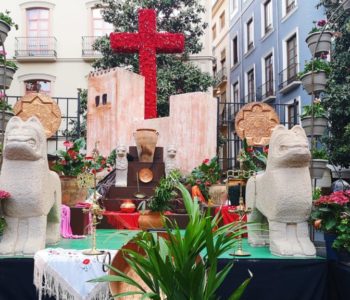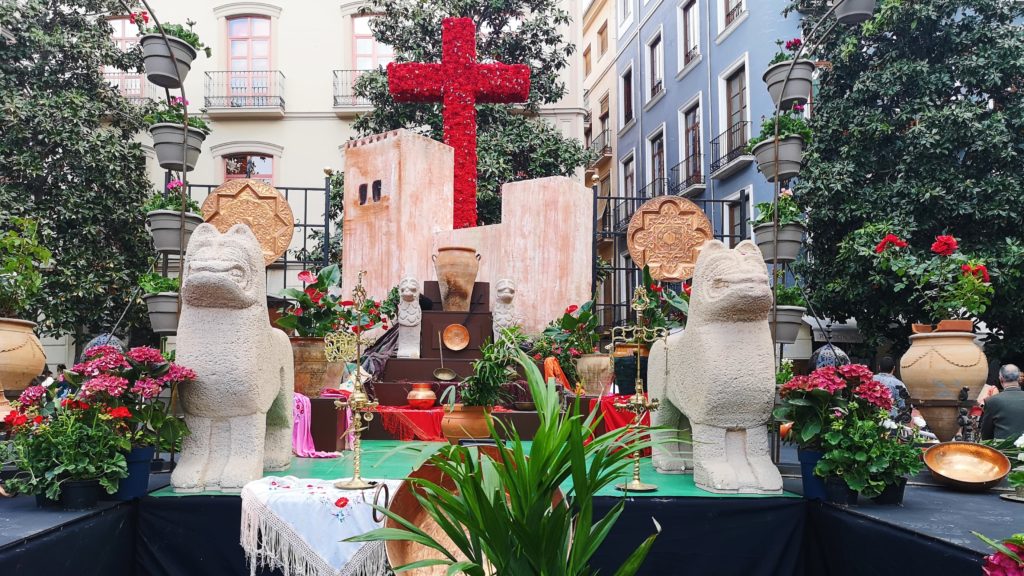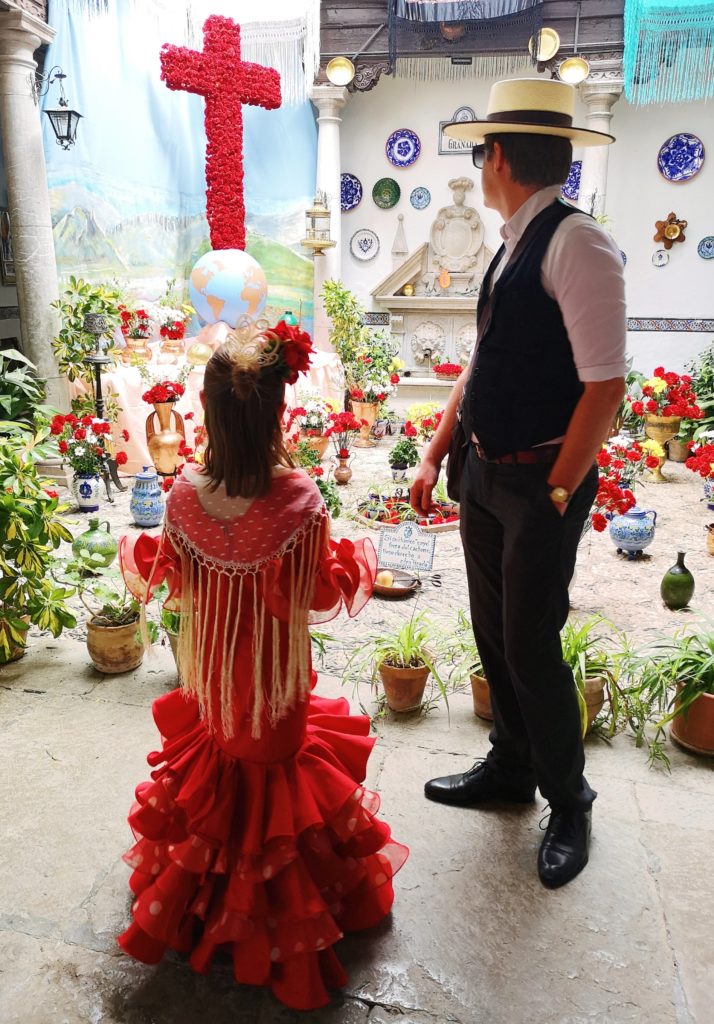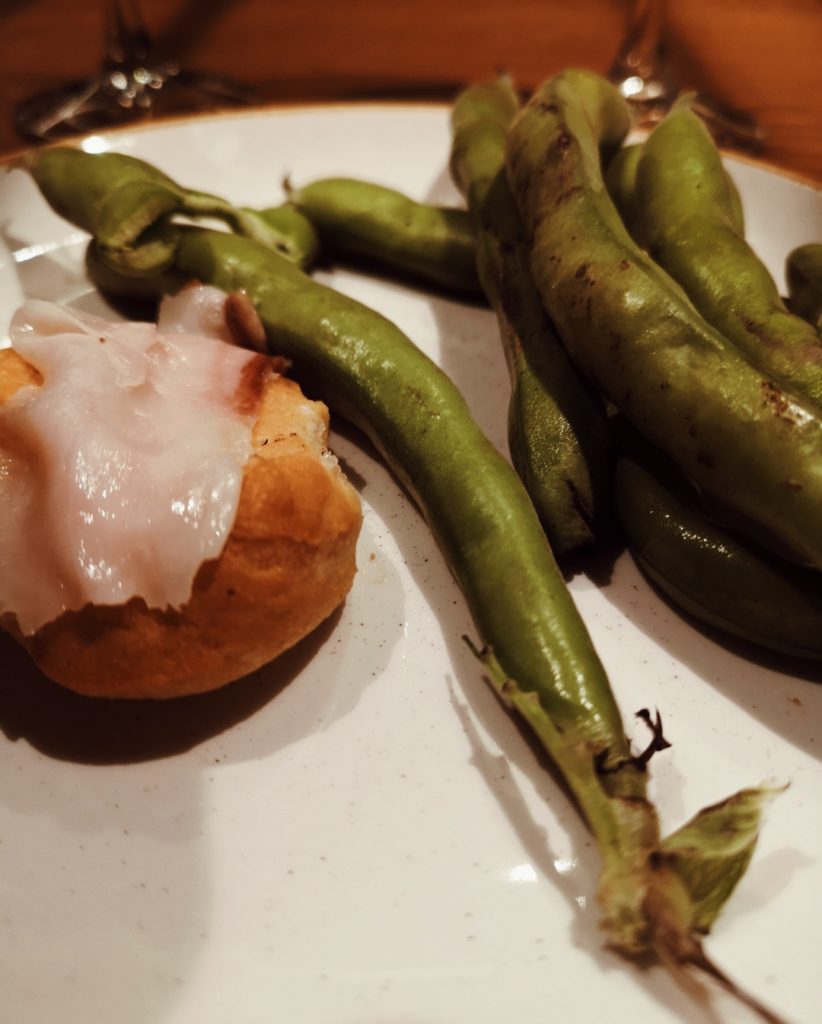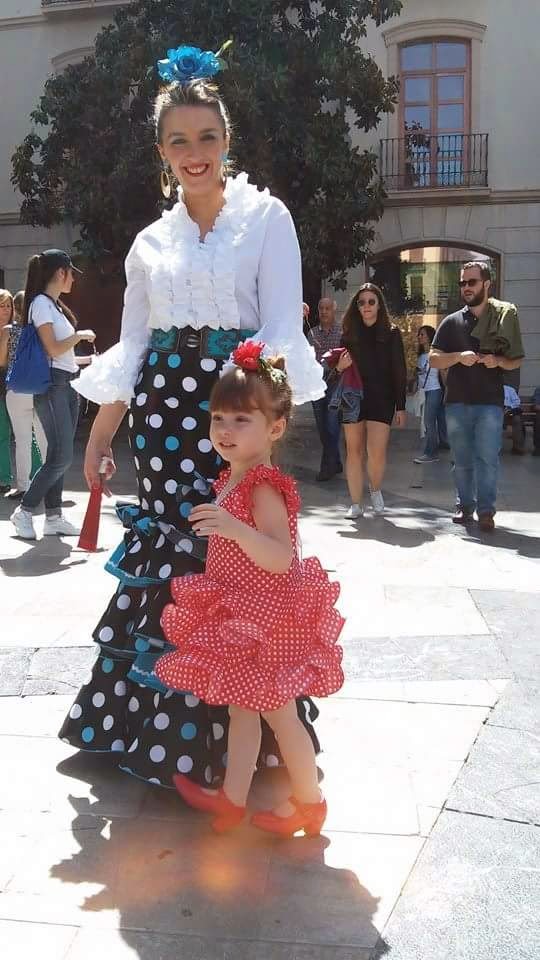 ¡Olé!
¡Olé!
Business à l’heure du Covid-19
Portrait de Antonio Gutiérrez, styliste de mode flamenca à Grenade.

L’état d’alarme en Espagne a commencé le 14 mars, soit quelques jours avant la saison des festivités andalouses. Qu’en-est-t-il du business à l’heure du Covid-19 ?
Chaque année, des millions de touristes viennent en Andalousie pour la Semaine Sainte, la Feria de Abril à Séville, les Patios à Cordoue et le jour de la Cruz à Grenade. C’est aussi à cette époque-là de l’année qu’a lieu un des pèlerinages les plus importants d’Espagne, la Romería d’El Rocío.
Ces festivités représentaient en 2019 plus d’un milliard et demi d’euros du PIB de la région.
Elles ont toutes été annulées. C’est ainsi qu’en collaboration avec l’édition andalouse du Petit Journal, j’ai décidé de donner la parole aux personnes qui font vivre l’Andalousie. Des acteurs qui participent activement à l’image de l’Andalousie pour connaître leur ressenti sur cette crise du Covid-19.
Cette série de portraits commence avec Antonio Gutiérrez, styliste de mode flamenca de Grenade.
La semaine de la mode flamenca à Grenade venait de se terminer quand l’état d’alarme a été décrété en Espagne. Comment avez-vous vécu cette décision ?
Cette époque de l’année représente beaucoup pour nous. Il y a la Feria à Séville, les pèlerinages et bien sûr, les mariages. Du jour au lendemain, notre production s’est arrêtée. Tout a été annulé.
Économiquement, comment est la situation ?
Actuellement, nous ne recevons pas de nouvelles commandes. Mes clientes ont toutefois maintenu leurs commandes, donc pour l’instant ça va.
J’ai un cahier rempli. Mais l’année prochaine, que va-t-il se passer ?
Mes clientes porteront les créations de cette année. Cela signifie qu’elles ne passeront pas commande l’année prochaine. D’ailleurs, j’ai décidé que je ne ferais pas de soldes cette année.
Des aides ont été mises en place. En bénéficiez-vous ?
Mon atelier est fermé et mes couturières sont chez elles, au chômage technique. On attend de reprendre la production. Mais plus que les subventions, j’aimerais que le gouvernement national comme celui régional nous donnent plus de visibilité à nous créateurs. Cette parenthèse doit servir de leçon.
Comment souhaitez-vous convaincre?
Avec plusieurs stylistes de mode flamenca, nous avons créé une association, Qlamenco. Son objectif est de faire reconnaître la mode flamenca comme un secteur artisanal.
Nous voulons que les robes de flamenca qui ont inspiré des stylistes de renommée internationale comme Christian Lacroix ou Dolce&Gabbana soient reconnues comme un art. Nous voulons que le business qui tourne autour se base sur celui de la semaine de la mode à Paris ou Milan.
Pour cela, le gouvernement espagnol et la région d’Andalousie doivent nous soutenir.
Reconnaître que c’est un art. La mode flamenca, c’est quand même la seule mode régionale qui, année après année, change, évolue, qui crée des emplois et qui est admirée dans le monde entier.
Voilà pourquoi nous devons être présents à des évènements comme le FITUR, la Foire Internationale du Tourisme, à Madrid.
Lors de la semaine de la mode de Paris, pourquoi ne pas organiser parallèlement à l’Ambassade d’Espagne, un défilé de mode flamenca.
Nous avons besoin d’espace, de visibilité. Encore plus après cette crise.
Aujourd’hui, comment s’articulent vos journées ?
Je suis une personne positive qui s’adapte facilement.
Je suis particulièrement actif sur les réseaux sociaux. C’est ma façon de rester connecté avec le monde.
Ma marque se vend à Dubaï, en Belgique, je dois continuer. Pour cela, les réseaux sociaux, c’est le top. Comme je disais avant, on essaie de faire bouger les choses et de faire reconnaître la mode flamenca.
Beaucoup de maisons de mode fabriquent des masques, des équipements de protection.
Et nous aussi ! Lorsque nous avons fermé l’atelier, chaque couturière a pris avec elle sa machine à coudre. Des magasins de Grenade nous ont fourni le tissu. Cette entraide, c’est normal. Avec cette crise, nous avons retrouvé cet élan de solidarité, une humanité un peu enfouie dernièrement.
Auriez-vous pour finir un message pour nos lecteurs ?
L’Andalousie, c’est cette terre reconnue pour la fête et la bonne humeur. Je dois admettre qu’en tant qu’Andalou, je suis très fier de comment les gens ont respecté le confinement.
Nous sommes souvent considérés comme le vilain petit canard. Mais là, nous avons su démontrer qu’au-delà du soleil et de l’amusement, nous pouvons être sérieux. Nous nous sommes adaptés à cette situation sans précédent tout en gardant le sourire.
Notre terre est une terre de traditions, de solidarité et nous avons hâte de rouvrir nos bras pour accueillir tous les amoureux de l’Andalousie.
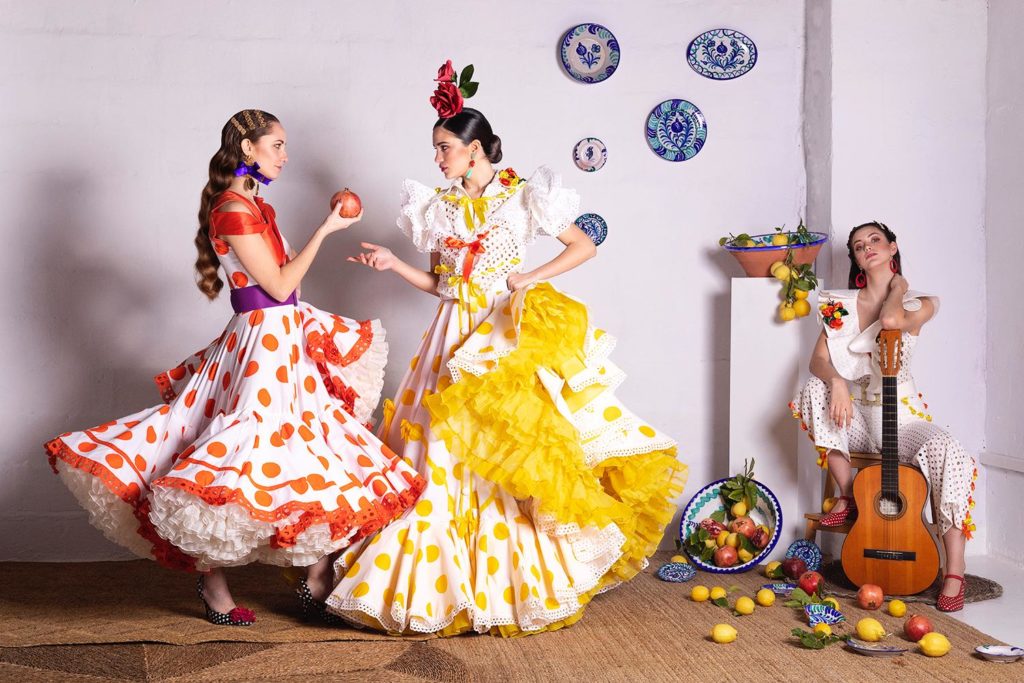
Pour en savoir plus sur le créateur Antonio Gutierrez, vous pouvez visiter son site internet, sa page Facebook et son Instagram.
Les photos sont de Kiko Lozano. Vous pouvez les découvrir sur son Instagram.
À l’origine, cet article a été écrit par Coralie Neuville et publié pour l’édition andalouse du Petit Journal.
